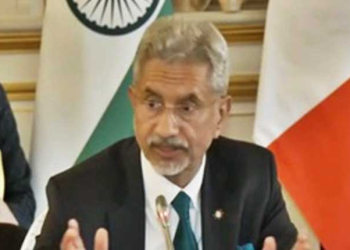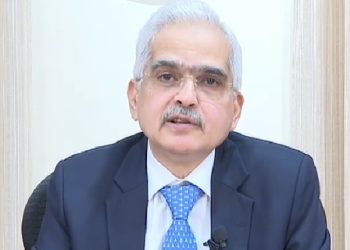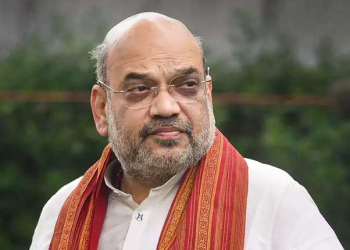New Delhi: As India prepares to auction and allocate 5G spectrum this year, the Satcom Industry Association (SIA-India) said on Wednesday that bifurcating satellite bands for the upcoming 5G auction is likely to incur a massive $184.6 billion loss to the country.
It will result in Indian citizens being denied the benefits of high-demand, advanced satellite broadband services and risk lost GDP increases per annum to India’s economy of up to $184.6 billion by 2030 and associated FDI and employment generation benefits, said SIA-India, the apex body representing satellite operators, satellite systems, launch vehicles and ground and terminal equipment manufacturers.
The international best practice for rationally planning spectrum use for different applications examines alternative uses to identify which use maximises the value of that spectrum.
“We consider it important to recognise the current situation in terms of spectrum supply and demand and to adopt a more balanced approach in auctioning of the spectrum bands, taking into consideration the needs of various sectors as well as to ensure efficient take-up while generating a reasonable value to the government,” said Anil Prakash, Director General SIA-India.
Reports have surfaced that the 5G spectrum may finally see the light of the day in 2022. The Telecom Regulatory Authority of India (TRAI) has reportedly informed the Department of Telecommunications (DoT) that it is likely to submit 5G pricing recommendations in March. It means that if things go as planned, the country can witness a 5G auction in July-August.
According to SIA-India, the impact of the loss of C-band spectrum in the 3.6-3.67 GHz band alone will be felt across the entire Rs 700 billion Indian broadcasting industry.
“It is important to note that 5G advances are not unique to terrestrial networks. Satellite broadband is already using many of these advances and has been doing so for many years,” said the association.
In its report submitted to TRAI, SIA-India urged to limit the inclusion of mm Wave spectrum in any 5G/IMT auction to the internationally harmonised 24.25-27.5 GHz spectrum.
“With three private mobile network operators (MNOs) accounting for 90 per cent of the market, each of them would be able to secure 80-90 MHz while leaving 30-60 MHz for the state-owned MNOs that account for the remainder of the market,” it argued.
It is important to ensure that the 5G operations do not interfere, impact or hamper the existing operations of satellite services.
“Providing excessive spectrum for 5G poses the risks of the spectrum being unsold or, even worse, underutilised by terrestrial players at the expense of other players such as Satellite Operators,” said SIA-India.
These outcomes will result in a costly regulatory failure for India through loss of substantial overall economic opportunities, it added.
(IANS)
















